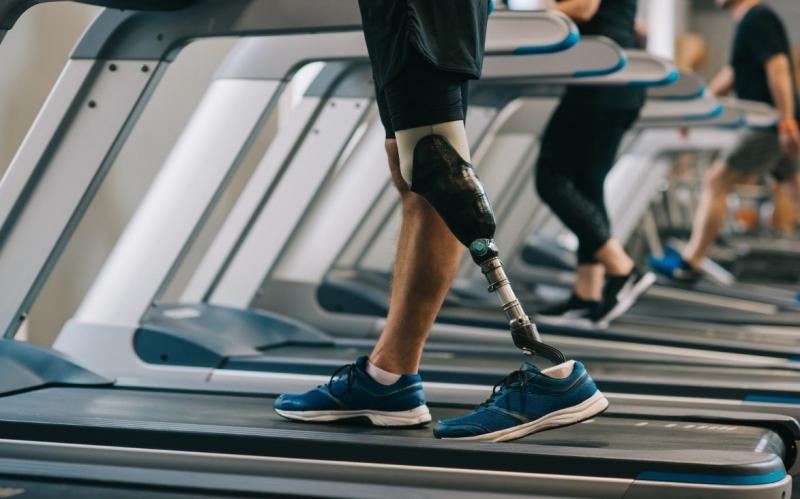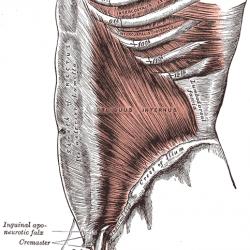What You Need to Know Before Getting Custom Prosthetics

Prosthesis (also known as artificial limbs) substitutes for a part of the body that may have been missing from birth or lost through amputation.
When an arm is amputated, a prosthetic device plays a key role in rehabilitation as it improves mobility and the ability to handle other daily activities without needing assistance.
Every patient has a unique amputation situation and this requires that all artificial limbs are custom fitted to suit the specific needs of each patient.
People who need this device usually want to have the best; hence they save up and make inquiries before they go for a particular one. If you need assistance on how to get the best prosthesis, you can check out Mobility Prosthetics for more information on this.
We have also come up with a guide on some of the things you need to know before getting custom prosthetics. Read through this article to see them.
Important Steps Getting Custom Prosthetics
The following are some of the steps to take to get custom prosthetics:
Consultation
The first step towards a successful clinical experience is a consultation. In the course of this, several questions are asked about your lifestyle, personal interests, activity level, leisure activities, and employment to determine the type of prosthetics that best suits your daily needs.
With this information, the prosthetist will have access to all the details used for the operation and they will design a prosthesis that is capable of meeting your daily needs.
It is also important that both the prosthetist and the physician performing the surgery work together for the success of the entire process.
Measurement
After the style of prosthesis that suits your needs has been determined by your prosthetist and physician, the next step will be to take measurements that will capture the exact shape of your limb. There are some instances that will involve the prosthetist taking the measurements of your limb before surgery. The essence of this is to help the specialist get an accurate size of the prosthesis. It can also undergo some alteration to fit into size if there is a need.
Post-Surgery Prosthesis
After the surgery, you are likely to be fitted with a surgical prosthesis that assists in reducing the swelling of any part of the body, pain reduction, and sustenance of the body adjustment period. While the artificial limb given at this point is only temporary pending complete healing, the prosthetist will start creating the prosthesis after the swelling has reduced and you are fully healed.
CAD and CAM Stage
Computer-aided design (CAD) and manufacturing (CAM) are used to improve the fit, and efficiency of the patient’s artificial limb. This technology is important in getting the most accurate fitting for the patient that they will be comfortable with. Once the new prosthesis is specifically created to serve your needs, you can start learning how to use it.
Physical Therapy
Undergoing physical therapy is a mandatory procedure that comes after the prosthetic device fitting. It can be a tough experience for an individual to get used to walking with an artificial leg or brushing their teeth with an artificial hand. However, the essence of undergoing physical therapy is to help you get used to the usage of the new addition to your body.
In the course of the therapy, you will be monitored closely to know if there are adjustments that need to be made for you to have a better experience. The prosthetist also uses this period to observe the interface between the prosthesis and any residual limb.
If you need help with emotional and psychological reactions that follow the use of a prosthesis, you can click here.
Changes after a Short While
After some while, you will notice that your functionality with the artificial limb is not as it used to be. It may be that your residual limb has become stabilized and you’re set for transitioning from using an interim prosthesis to another that can stay for as much as five years.
It may also be a case of you “outwalking” the artificial limbs by using them frequently; moving differently from the model that was used during design.
When you start experiencing discomfort, pain, and the absence of stability, you will need to have your prosthetist take a look to evaluate your condition and make recommendations.
The Prosthetist is most likely to include in their recommendations, an adjustment to your device to reflect the bodily changes you have experienced from the last measurement, or a component causing the discomfort to be replaced. For the new components, take time to study them properly so you can understand the way they function. You can also request physical therapy if you need help to adjust to it.
Adjustments to New Reality
Here, you will pass through a key life changing modification period and the prosthetist, physical therapists, nurses, friends, peer counselors, and family members will all be there to assist you. Regular visits to the prosthetist will be scheduled throughout your life and you will receive updates with any innovations that are recorded in prosthetic design.
There are a lot of factors that are involved in creating a custom artificial limb. It is advised that you visit a qualified prosthetist to handle the procedure and help you experience a lifestyle devoid of limitations due to missing or lost limbs.
Also, consider that you will need their assistance post-op to adjust to your new reality so your choice of the professional should span beyond medical grounds to accommodate psychological and emotional balance.
These are some of the procedures you are likely to undergo when you want to get custom prosthetics. Additionally, if you need help on how to care for your artificial limb, you can check here: https://www.webmd.com/a-to-z-guides/using-prosthetic-limbs#2-5.
Conclusion
Getting custom prosthetics involves a lot of processes. Knowing the various steps involved in the entire process is pivotal in the decision-making process.
However, to get the best experience and also reduce the need to check back for reevaluation after a short while, you will need to use medical experts who have a solid history of rendering the best services to patients.
More to Read:
Previous Posts:







